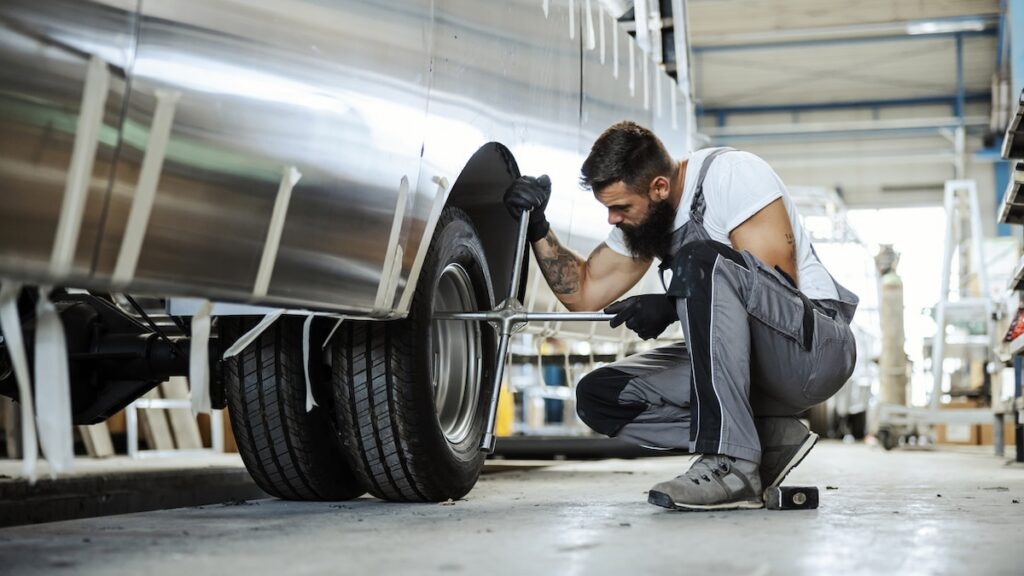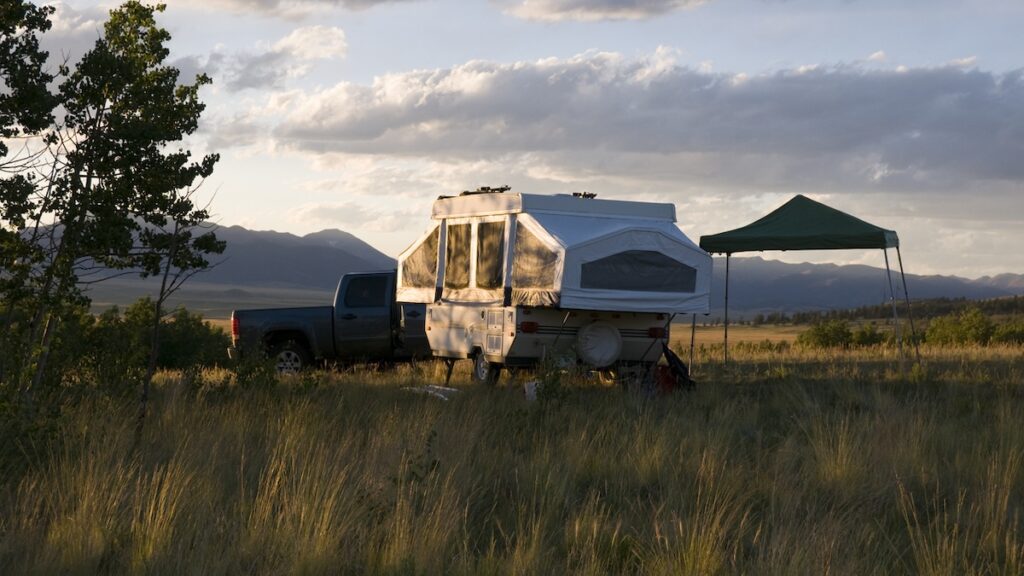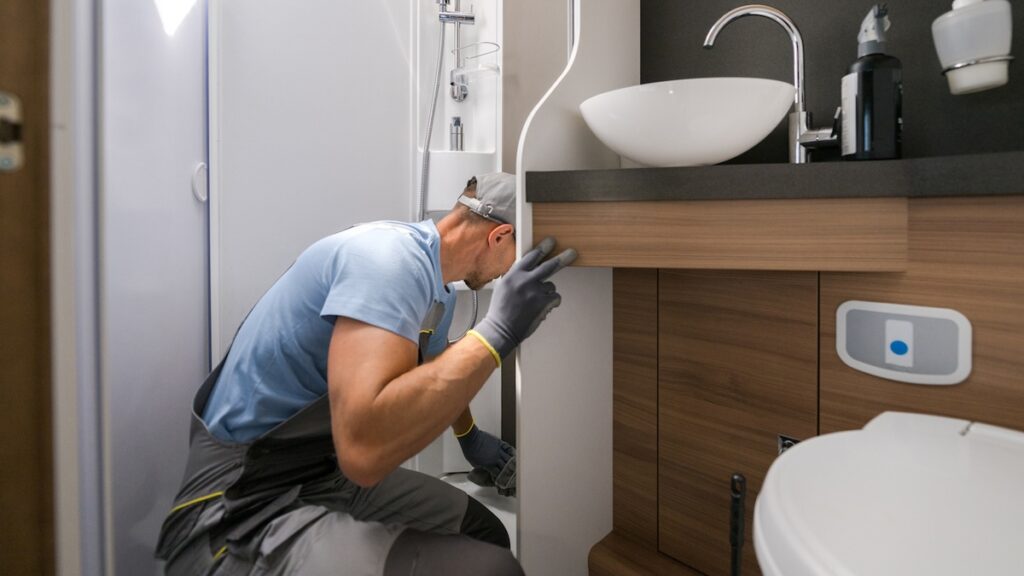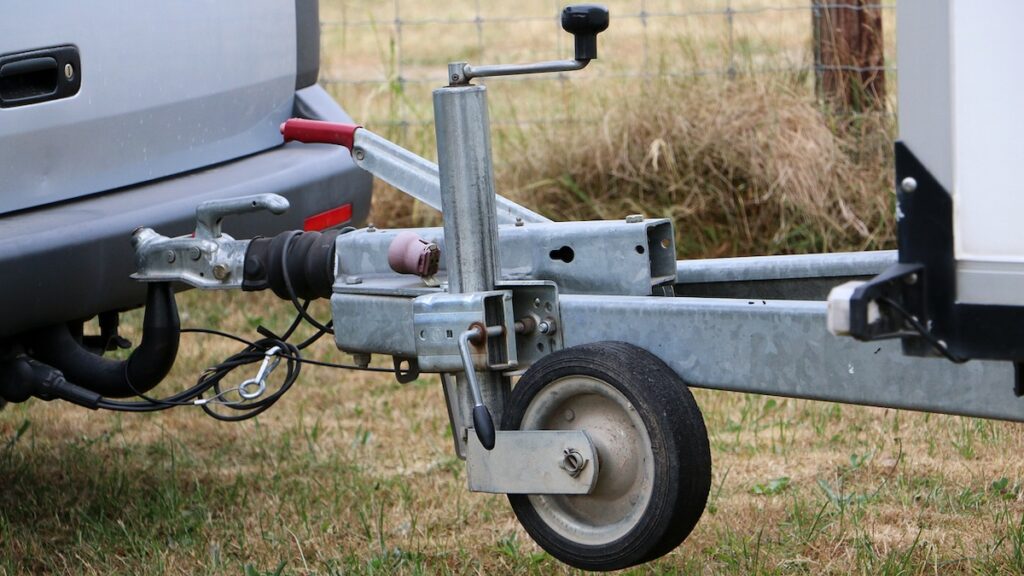Proper maintenance of your RV’s wheels and tires is crucial for safe, efficient, and worry-free travel. Neglecting this critical aspect can lead to uneven wear, blowouts, reduced fuel efficiency, and compromised handling, all of which pose serious safety risks. Regularly inspecting your tires for proper inflation, tread depth, and signs of damage such as cracks, bulges, or punctures is key to avoiding these problems.
This guide will cover common issues like uneven wear patterns, low tire pressure, alignment problems, and wheel bearing maintenance. Below, you’ll find detailed explanations of potential causes, step-by-step troubleshooting instructions, and instructional videos to help you address these issues confidently. By staying proactive with tire and wheel care, you can maximize your RV’s performance and ensure a smooth and secure journey.
1. Tire Blowouts
Potential Causes:
• Under-inflation or overinflation.
• Overloading the RV beyond its weight capacity.
• Aging tires with deteriorated rubber.
Troubleshooting Steps:
1. Maintain Proper Tire Pressure: Regularly check and adjust tire pressure to manufacturer specifications.
2. Avoid Overloading: Ensure the RV’s load does not exceed the Gross Vehicle Weight Rating (GVWR).
3. Inspect Tire Age and Condition: Replace tires that are over six years old or show signs of wear.
Instructional Video: RV Tires – Maintenance, Blowouts and Flats
2. Uneven Tire Wear
Potential Causes:
• Improper wheel alignment.
• Suspension issues.
• Inconsistent tire pressure.
Troubleshooting Steps:
1. Check Wheel Alignment: Have the alignment inspected and adjusted by a professional.
2. Inspect Suspension Components: Look for worn or damaged parts and replace as necessary.
3. Ensure Consistent Tire Pressure: Regularly monitor and maintain equal pressure in all tires.
Instructional Video: RV Tire Maintenance
3. Wheel Bearing Failure
Potential Causes:
• Lack of lubrication.
• Worn or damaged bearings.
• Improper installation.
Troubleshooting Steps:
1. Regularly Inspect Bearings: Check for signs of wear or damage.
2. Maintain Proper Lubrication: Grease bearings according to manufacturer recommendations.
3. Replace Faulty Bearings: If damaged, replace bearings promptly to prevent further issues.
Instructional Video: RV Wheel Bearing Maintenance
4. Tire Dry Rot
Potential Causes:
• Extended exposure to sunlight and UV rays.
• Prolonged periods of inactivity.
• Improper storage conditions.
Troubleshooting Steps:
1. Use Tire Covers: Protect tires from direct sunlight when parked.
2. Regularly Inspect Tires: Look for cracks or signs of dry rot.
3. Proper Storage: Store the RV in a cool, dry place during extended periods of inactivity.
Instructional Video: RV Tire Maintenance & RV Tire Safety – 8 TIPS
5. Underinflated or Overinflated Tires
Potential Causes:
• Failure to regularly check tire pressure.
• Inaccurate pressure gauges.
• Temperature fluctuations affecting pressure.
Troubleshooting Steps:
1. Use a Reliable Tire Pressure Gauge: Regularly check tire pressure before trips.
2. Adjust Pressure Accordingly: Follow manufacturer guidelines for proper inflation levels.
3. Monitor Pressure Changes: Be aware of how temperature changes can affect tire pressure.
Instructional Video: RV Wheel & Tire Maintenance How-To
Regular maintenance and prompt attention to your RV’s wheels and tires are essential for safe travels. Always consult your RV’s owner manual and adhere to safety guidelines when performing repairs.





